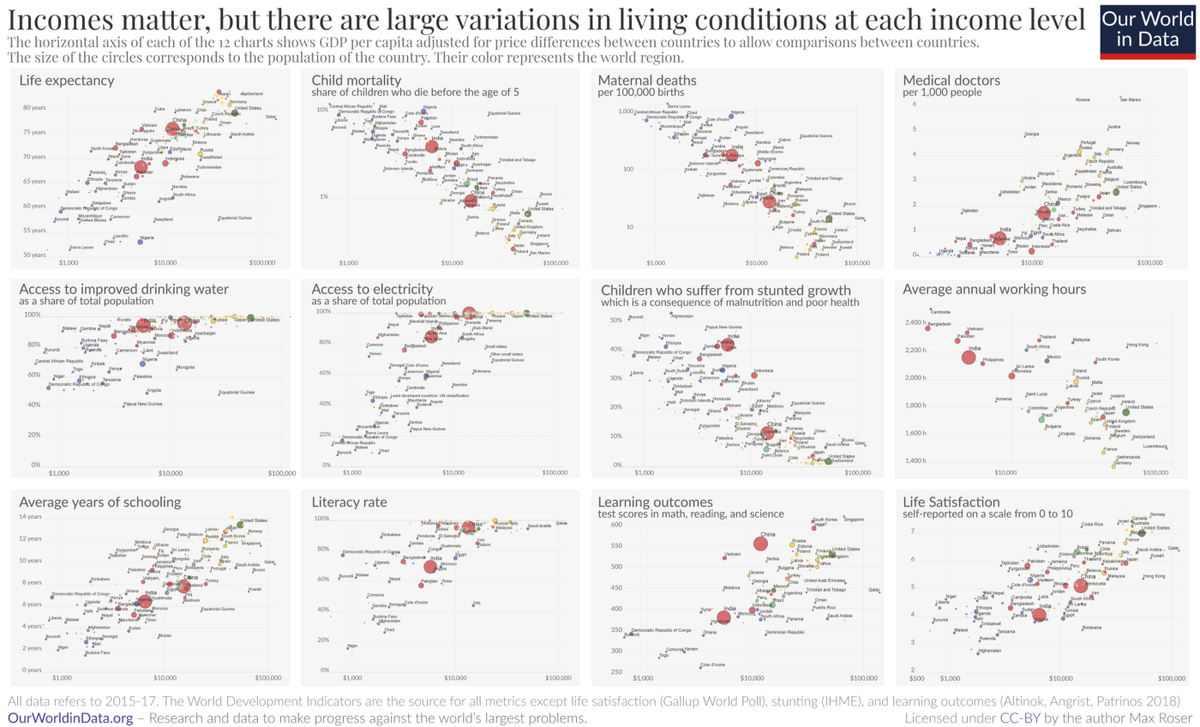Using Big Data To Improve Global Health

I am a big data guy. I am fascinated to the point of obsession with how we can create new modalities of data to feed into machine learning and bring together the myriad components of artificial intelligence to optimise decision making. My firm belief is that as we grow data sets that are of sufficient quality and magnitude for machine learning to ‘crunch’ probabilities and stochastic into effective artificial intelligence, we will begin to vastly improve every aspect of human life across every sector and every country.
One thing that data has made very clear during the Coronavirus pandemic is that there are very large differences in how successfully different countries have responded. Some countries have suffered terrible outbreaks and lost tens of thousands of lives while others have responded well and limited both the damage to their economies and to their population’s health:

That some countries have been successful in limiting the impact of Coronavirus shows that an effective response is possible. By studying what these countries did so well, others can learn and replicate their efforts.
It is whilst looking at data about the efficacy of the Coronavirus response across different countries that I discovered a new research platform called Exemplars in Global Health. The idea of Exemplars is to do for global health more broadly what I just described for the Coronavirus pandemic: to identify which countries are most successful in protecting the health of their populations, to study why they are successful, and to present what we can learn as clearly as possible so that others can adapt what works.
This is important. As I often make clear in my blog and #TejTalks posts, my own mission to end poverty-driven corneal blindness through the activities of the Tej Kohli Foundation is in many ways contingent upon wider improvements in Global Health. I wrote recently about how we simply cannot end poverty-driven blindness without ending gender inequality. So many global health issues are inextricably linked that any lessons which enable any improvement in any aspect of global health should be well heeded.
Exemplars in Global Health
According to the Exemplars In Global Health research platform, if we were to ask the question, “Where in the world do people enjoy the best health?” then the answer will inevitably be a list of rich countries. Globally we see that in places with higher incomes, living conditions — including health — are better.
Wherever GDP per capita is high people live longer; children die less often; mothers die less often; doctors can focus on fewer patients; more people have access to clean drinking water and electricity; they can travel more; have more free time; better access to education and improved learning outcomes, and people are more satisfied with their lives.
The differences across these aspects of people’s living conditions are large. In high-income countries, one in 10,000 births leads to the death of the mother. In low-income countries, this is 50-times more common. And is for this reason that it remains an important goal to reduce global poverty further.

But the economic growth that turns a very poor country into a rich country is a relatively slow process that stretches out over several decades. The income of the average person in the world has increased from $3,300 in 1950 to $14,574 in 2016. The average person in the world is 4.4-times richer than in 1950. This takes into account that the prices of goods and services have increased over time (it is adjusted for inflation; otherwise these comparisons would be meaningless).
While the global average income grew 4.4-fold, the world population increased 3-fold, from around 2.5 billion to almost 7.5 billion today. And it’s easy to miss what this means: Had the world economy not grown, a 3-fold increase of the world population would have meant that on average everyone in the world would now be 3-times poorer than in 1950. Without economic growth, the world would be a zero-sum game in which more people meant less for everyone else, and if one person is better off in a stagnating economy then that means that someone else needs to be worse off.
The trouble is that the many major human problems that are exacerbated by poverty exist now, today, and so whilst economic growth underwrites the prospects of a long-term solution, we also need to make improvements that can improve the lives and prospects of hundreds of millions of people today.

This means that it is important to ask whether there is anything that a country can do that does not require decades-long growth first. What can a country do right now to improve living conditions at their given level of income? This is where Exemplars becomes useful because it measures living conditions using twelve metrics at different levels of income.
According to Exemplars data, for many countries, there is a lot that can be done today: while there is a strong correlation between prosperity and living conditions we don’t see perfect correlations. At each level of income, there are some countries that do much better than others. Rwanda, for example, is poorer than Chad but has a child mortality rate that is 3-times lower. Senegal is poorer than Sudan or India, but the share of children that are stunted is less than half.
The fact that some countries are much better than others in turning their prosperity into good living conditions is the starting point for much of the work of Exemplars in Global Health. The platform doesn’t only focus on the countries that have the best health outcomes, but countries that delivered very good health outcomes for their income level. This matters, because it indicates improvements that can happen now, without economic growth.
The Exemplars platform has just launched at www.exemplars.health and I encourage you to explore it. You can find out why some countries do so much better than others in areas including the response to COVID-19, community health workers, vaccine delivery, childhood stunting, and child mortality.
For more information on Tej Kohli as a philanthropist visit tejkohliruit.com and to read more of his views go to his Medium.
To read about Tej Kohli as an investor visit Kohli Ventures.
Find out more about Tej Kohli: Tej Kohli the technologist investing in human triumph, Tej Kohli the philanthropist trying to cure the developing world of cataracts and Tej Kohli the London tycoon with a generous streak.
| Follow: Twitter | Instagram | LinkedIn | Facebook | YouTube |




Comments ()